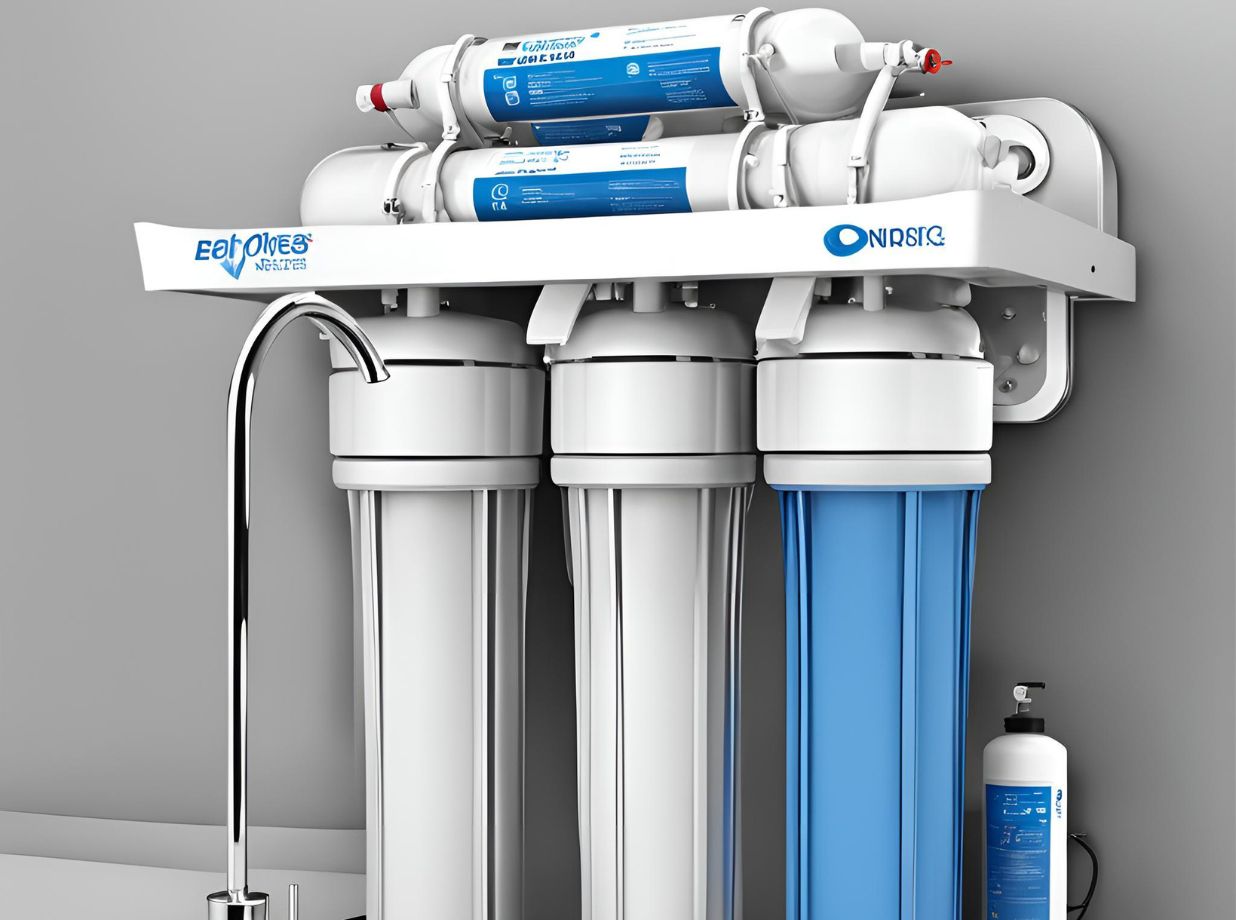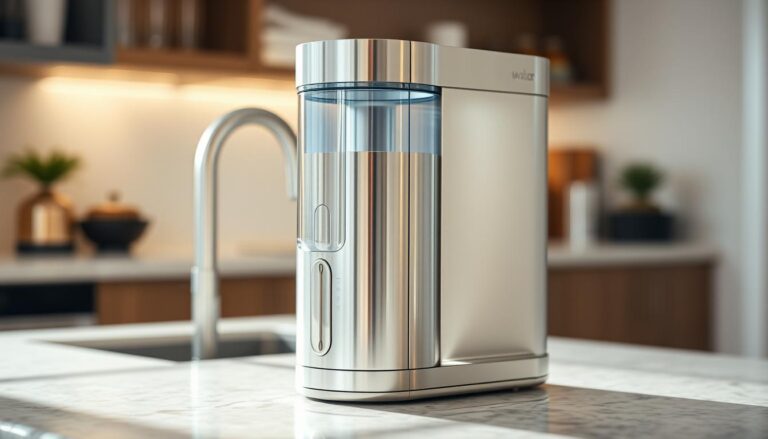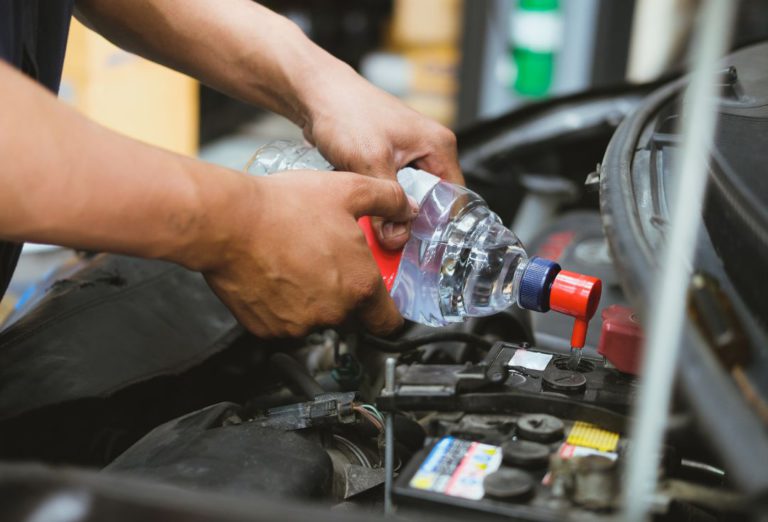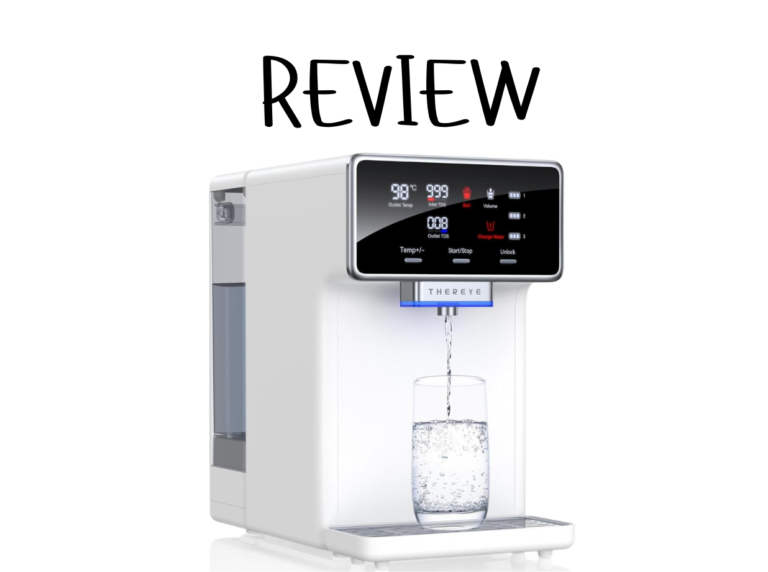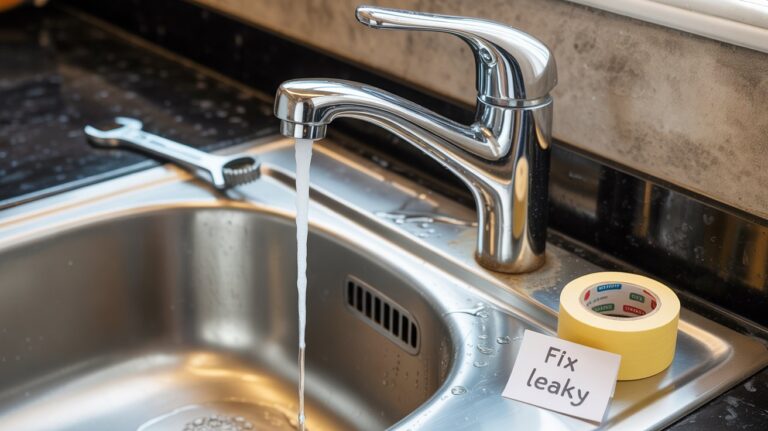Reverse Osmosis Waste: How Much Water Is Really Lost?
Key Takeaways
- Reverse osmosis systems can waste a significant amount of water, with some models wasting up to 4 gallons for every 1 gallon of purified water produced.
- Understanding how reverse osmosis systems work is crucial in realizing the amount of water they waste and the impact on the environment.
- The environmental impact of reverse osmosis systems includes the depletion of water resources and the energy required to treat and transport the wasted water.
- Common myths about water waste from reverse osmosis systems, such as the belief that the wasted water is reused, need to be debunked to understand the true impact.
- Comparing water waste from different filtration systems can help consumers make informed choices and minimize their environmental footprint.

Reverse osmosis (RO) systems have become increasingly popular in recent years as a means of purifying water for household consumption. These systems work by forcing water through a semipermeable membrane, effectively removing contaminants, dissolved solids, and impurities from the water. The result is clean, great-tasting water that is free from many harmful substances.
However, the process of reverse osmosis is not without its drawbacks. One of the main concerns surrounding RO systems is the amount of water they waste during the filtration process. As water passes through the membrane, a portion of it is discarded as waste or “reject” water.
This waste water contains the concentrated contaminants and impurities that were removed from the purified water. Understanding the mechanics of RO systems is crucial to comprehending the water waste issue and finding ways to address it.
The Environmental Impact of Reverse Osmosis Systems
The environmental impact of reverse osmosis systems is a topic of ongoing debate among water treatment experts and environmentalists. On one hand, RO systems provide a reliable method for producing clean, safe drinking water, which is especially important in areas with contaminated water sources. This can lead to improved public health and reduced reliance on bottled water, which has its own set of environmental concerns.
On the other hand, the water waste generated by RO systems can be substantial, particularly in regions facing water scarcity. Some estimates suggest that for every gallon of purified water produced, up to four gallons may be wasted. This inefficiency can put additional strain on already stressed water resources and contribute to water shortages in certain areas.
Balancing the benefits of clean water with the need for conservation is a challenge that must be addressed as RO systems continue to gain popularity.
Debunking Common Myths About Water Waste
There are several myths and misconceptions surrounding the water waste associated with reverse osmosis systems. One common belief is that all RO systems waste an excessive amount of water, regardless of their design or efficiency. In reality, the amount of water wasted can vary significantly depending on factors such as the system’s design, water pressure, and the quality of the source water.
Another myth is that the waste water from RO systems is completely unusable. While it’s true that this water contains concentrated contaminants and shouldn’t be consumed, it can often be repurposed for non-potable uses such as watering plants, cleaning outdoor areas, or flushing toilets. By finding creative ways to reuse this water, homeowners can significantly reduce the overall waste associated with their RO systems.
For more information on turning saltwater into freshwater and how much water RO systems waste, visit Cruise RO Water and Power.
Comparing Water Waste from Different Filtration Systems
| Filtration System | Water Waste (gallons) | Efficacy (%) |
|---|---|---|
| Reverse Osmosis | 3 | 80 |
| Carbon Filtration | 5 | 60 |
| UV Sterilization | 1 | 90 |
When evaluating the water waste of reverse osmosis systems, it’s important to consider how they compare to other water filtration methods. While RO systems do tend to waste more water than some alternatives, they also provide a higher level of purification. For example, activated carbon filters and sediment filters typically waste very little water but are less effective at removing certain contaminants.
UV purification systems and distillation units are other alternatives that waste less water than RO systems. However, these methods may not be as effective at removing certain types of contaminants, and they often come with their own set of drawbacks, such as higher energy consumption or the need for frequent maintenance. When choosing a water filtration system, it’s essential to weigh the trade-offs between water waste, purification effectiveness, and other factors to determine the best option for your specific needs.
- Whole-House Carbon Filtration: Buyer’s Guide to Chlorine Removal
- The Shower Filter Buyer’s Guide for Healthier Skin & Hair
- Spot-Free Car Wash Water Filter System
- What is a Well-Watered Garden?
- 2 Whole House Water Systems to Consider Before the New Year
Tips for Minimizing Water Waste from Reverse Osmosis Systems
There are several strategies that homeowners can employ to reduce water waste from their reverse osmosis systems. One effective approach is to install a permeate pump, which can significantly improve the efficiency of the RO process by reducing the amount of waste water produced. These pumps work by recycling some of the pressure from the waste water stream back into the system, allowing it to operate more efficiently.
Another way to minimize water waste is to collect and reuse the reject water for non-potable purposes, as mentioned earlier. Additionally, choosing a high-efficiency RO system with a good recovery rate can make a substantial difference in water consumption. Some modern systems boast recovery rates of up to 75%, meaning they waste significantly less water than older or less efficient models.
The Importance of Proper Maintenance for Water Conservation
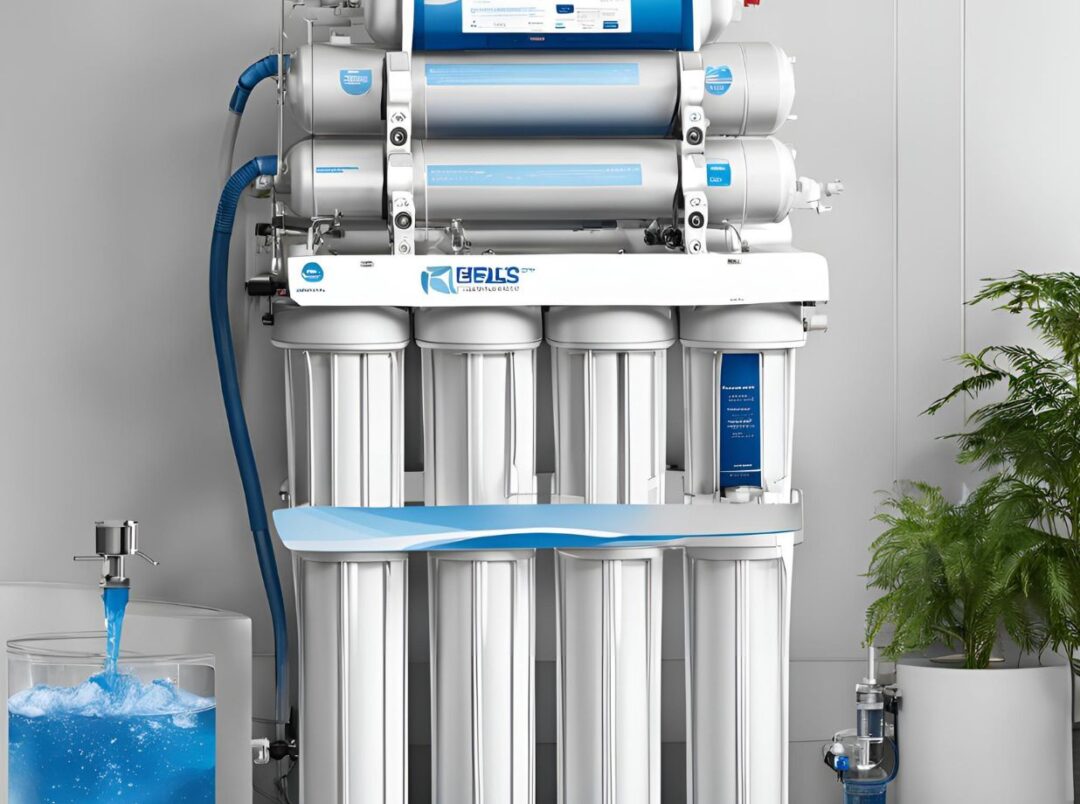
Regular maintenance of reverse osmosis systems is crucial not only for ensuring the quality of the purified water but also for minimizing water waste. A well-maintained system operates more efficiently, reducing the amount of water needed to produce clean drinking water. This includes routinely replacing filters and membranes according to the manufacturer’s recommendations, as well as checking for and repairing any leaks in the system.
Proper maintenance also involves monitoring the system’s performance and adjusting it as needed. For example, if the source water quality changes, the system may need to be recalibrated to maintain optimal efficiency. By staying on top of maintenance tasks, homeowners can ensure that their RO systems are operating at peak efficiency, minimizing water waste while still providing high-quality purified water.
Exploring Alternative Water Filtration Options
While reverse osmosis systems are highly effective at purifying water, they may not be the best choice for everyone, particularly in areas where water conservation is a top priority. There are several alternative water filtration options that can provide clean, safe drinking water with less water waste. For instance, multi-stage filtration systems that combine activated carbon filters, sediment filters, and other technologies can remove many contaminants without the high water waste associated with RO systems.
Another option to consider is point-of-use filtration systems, which treat water at specific taps rather than for the entire house. These systems can be more efficient in terms of water use, as they only filter the water that is actually being consumed. Additionally, emerging technologies such as graphene-based filters and advanced membrane materials show promise for more efficient water purification in the future.
As research in this field continues, we may see new filtration options that offer the best of both worlds: highly effective purification with minimal water waste.

